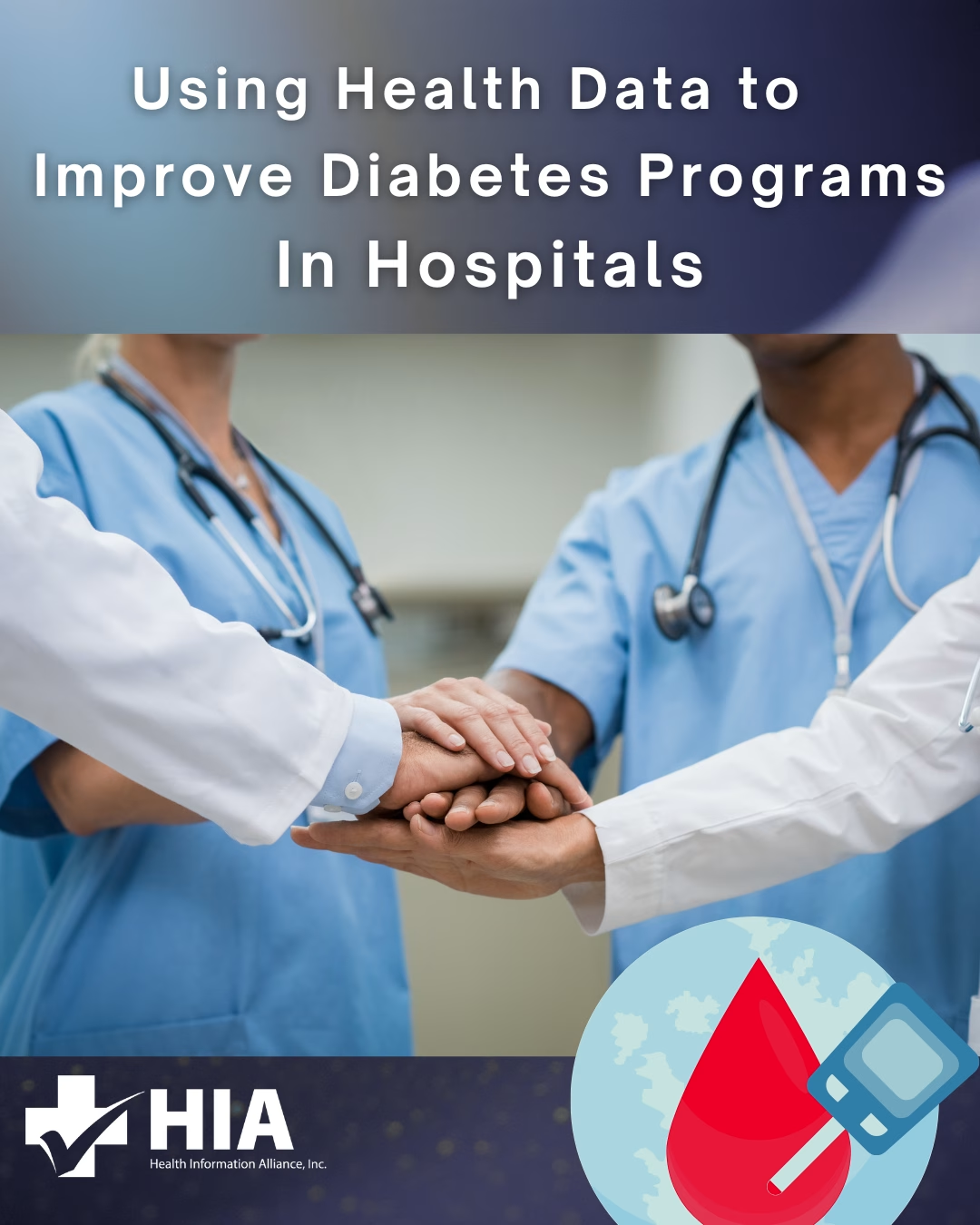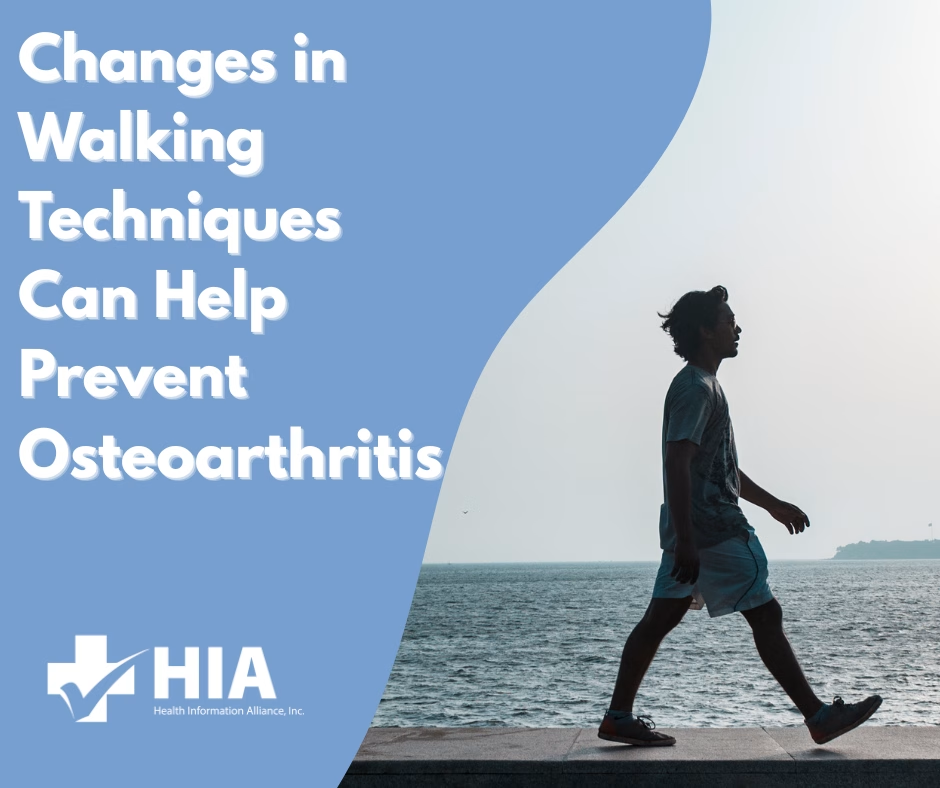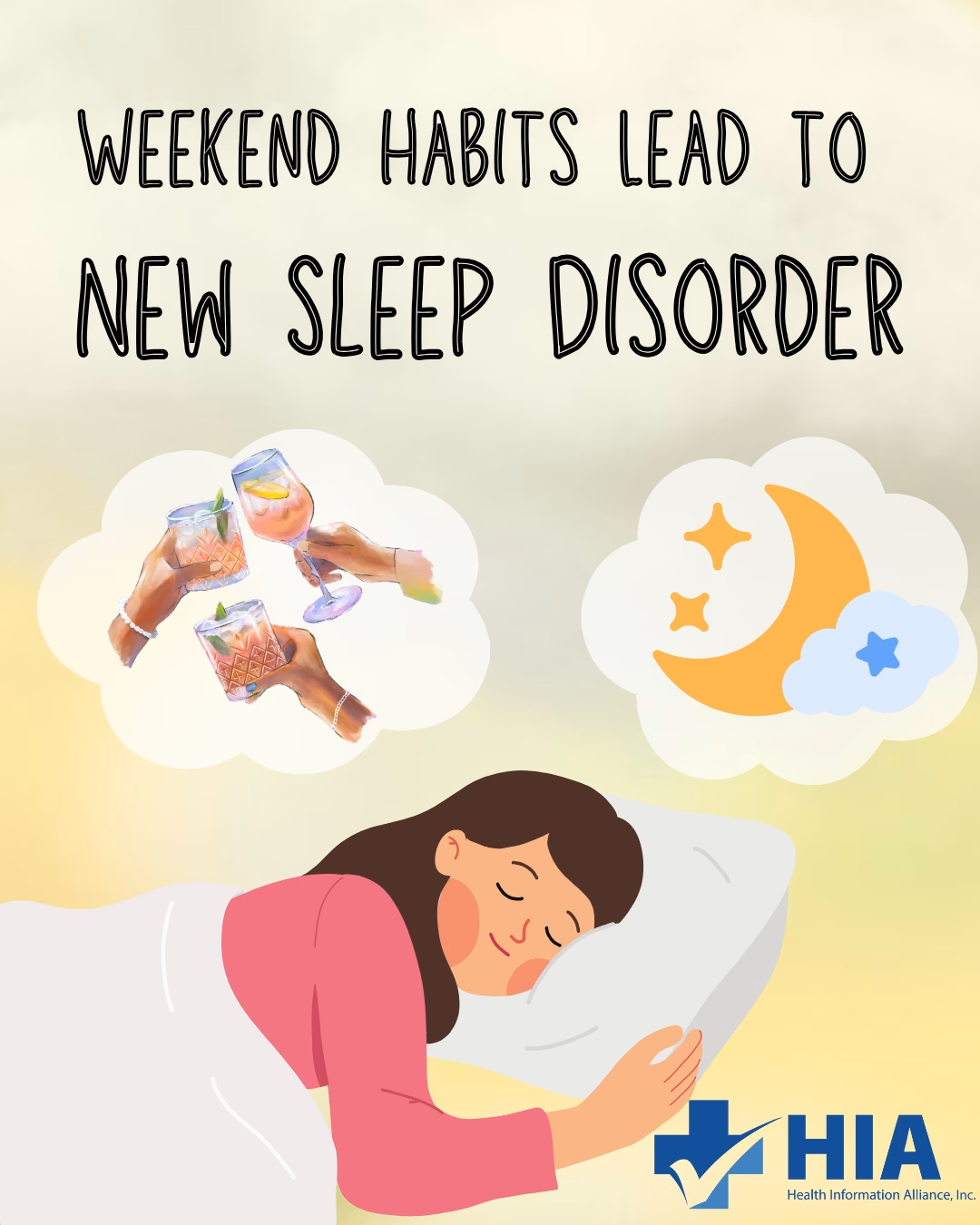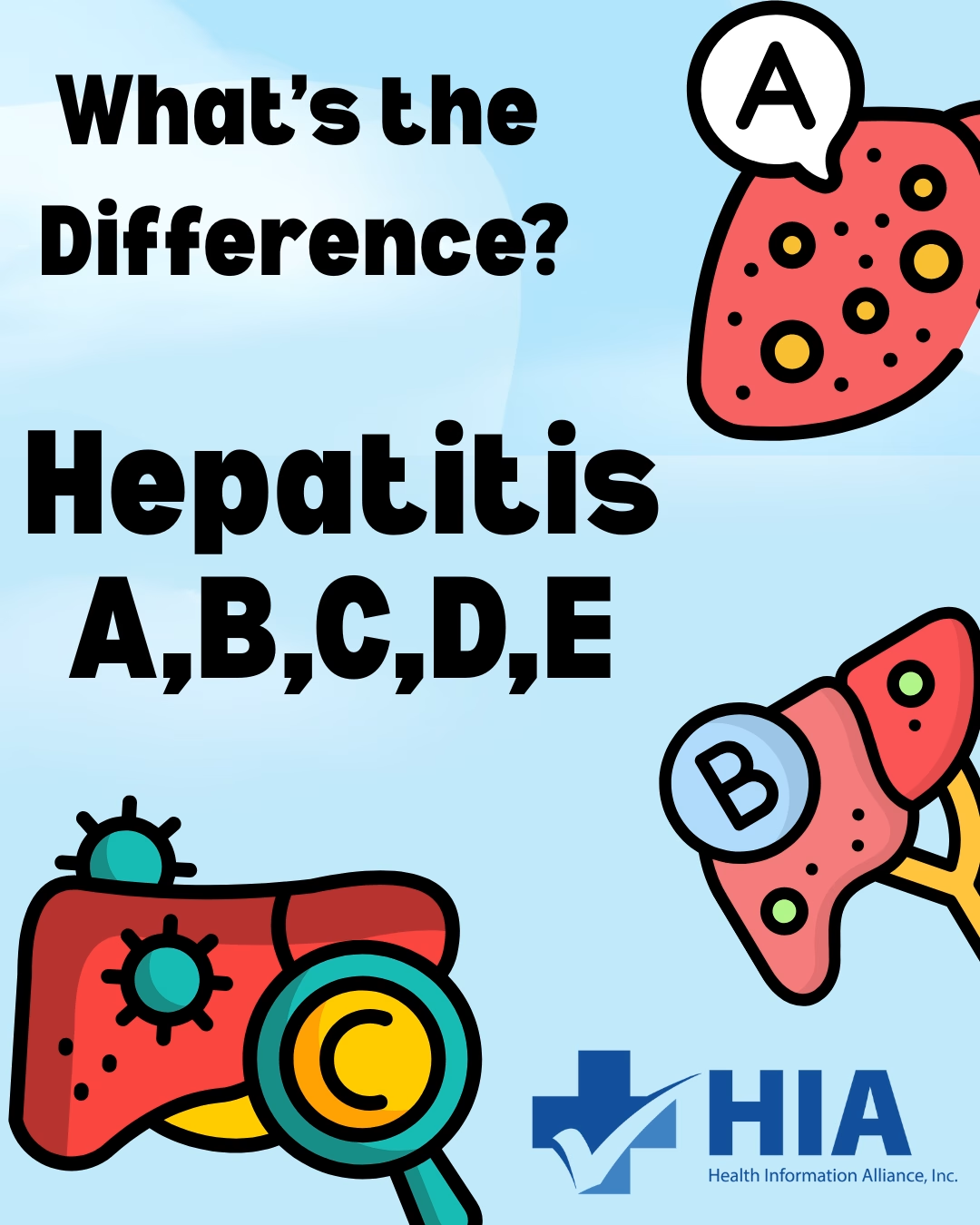Understanding UV Radiation and Its Effects on Skin Health
UV radiation from sunlight and tanning beds harms the skin. UV radiation has three types: UVA, UVB, and UVC. Each of these categories has a unique impact on the skin.
The dermal layer, the middle layer of your skin that lies beneath the epidermis and above the subcutaneous layer, is particularly vulnerable to ultraviolet (UV) radiation due to its long wavelength and constant exposure throughout the day. While underlining the enormous influence that ultraviolet radiation has on the dermal layer, the Masonic Cancer Center draws attention to the significant wavelength of UV radiation as well as its constant exposure throughout the day. A conclusion that can be drawn from the outcomes of this study is that the wavelength of UVA radiation poses the most threat. According to the Masonic Cancer Center (2024), ultraviolet A radiation exposure increases the risk of several skin cancers and accelerates skin aging.
Deep UVA light penetration generates free radicals and ROS in the skin. According to ONS Voice (2024), these unstable compounds cause wrinkles, drooping, accelerated aging, and leatheriness by attacking the strands of collagen and elastin. UVA radiation accelerates aging and raises skin cancer risk, according to research. UVA photons from sunlight destroy skin cells and modify their DNA, causing squamous, basal, and carcinomas. This makes UVA radiation a major health risk. Therefore, UVA radiation is a significant health concern.
UVB Radiation
UVB radiation reaches its peak intensity between 10 a.m. and 4 p.m., particularly in the summer months, and is unable to pass through glass. The most common and noticeable side effect of prolonged contact to the sun is sunburn, which is caused by UVB radiation (Masonic Cancer Center, 2024). When this happens, the body’s response is to pump more blood to the damaged spot, which makes it seem red and swollen. It is possible for ultraviolet B rays, which cause DNA damage more rapidly than ultraviolet A rays, to cause the formation of skin malignancies, including the most lethal forms of the disease, which include melanoma.
UVC Radiation
The Earth’s atmosphere entirely absorbs the most powerful and compact form of ultraviolet radiation, UVC, so it never reaches the surface. Therefore, they do not harm human skin in their normal state (ONS Voice, 2024). UVC radiation, produced by mercury lamps and certain lasers, necessitates protective measures in industrial and medical settings.
UV light causes skin malignancies, aging, and DNA damage. Therefore, safeguarding oneself from it is crucial for both well-being and safety. Essential clothing like long-sleeved shirts and wide-brimmed caps helps reduce exposure.
To conclude, by understanding the attributes and consequences of UVA and UVB radiation, people can make well-informed choices to safeguard their skin’s well-being. Adopting these precautionary steps will diminish the likelihood of premature aging and skin malignancies, promoting the well-being of the skin in the long run (Masonic Cancer Center, 2024; ONS Voice, 2024).
References
Bruce, A. F., & Cowan, T. (2020, February 24). https://www.ons.org/cjon/24/1/sun-protective-behaviors-educational-intervention-hospital-staff-aimed-skin-cancer#:~:text=Sun%2DProtective%20Behaviors%3A%20An%20Educational%20Intervention%20With%20Hospital%20Staff%20Aimed%20at%20Skin%20Cancer%20Prevention%20in%20Children. https://www.ons.org. https://www.ons.org/cjon/24/1/sun-protective-behaviors-educational-intervention-hospital-staff-aimed-skin-cancer
Masonic Cancer Center. (2024). Understanding UV radiation and its effects. University of Minnesota.
Melanoma & Skin Cancer Awareness Month: UV Radiation and Sun Exposure | Masonic Cancer Center. (2023, May 1). https://cancer.umn.edu/mncctn/news/melanoma-skin-cancer-awareness-month-uv-radiation-and-sun-exposure
ONS Voice. (2024). The impact of UV radiation on skin health. Oncology Nursing Society.






